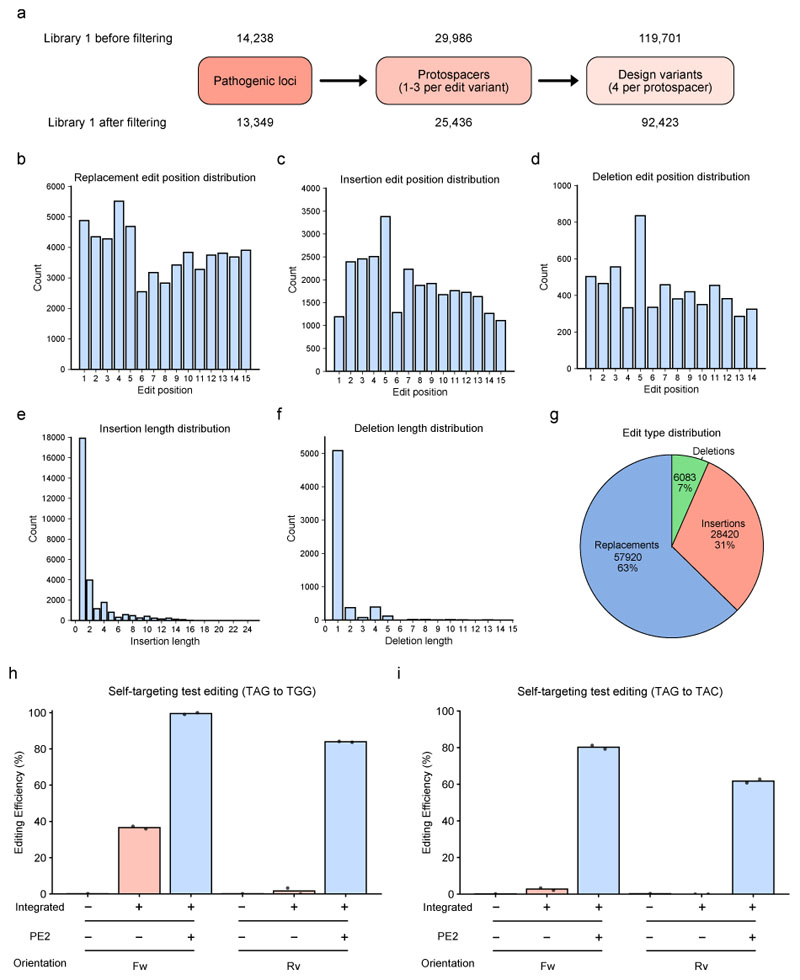Extended Data Fig. 1. Self-targeting screen characteristics.
(a) Visualization of library design (library 1) and numbers before and after filtering results. (b) Distribution of edit positions for single base replacement edits in library 1. (c) Distribution of edit positions for insertion edits in library 1. (d) Distribution of edit positions for deletion edits in library 1. (e) Distribution of insertion lengths in library 1. (f) Distribution of deletion lengths in library 1. (g) Distribution of edit types in library 1 (number of design variants and percentage of the total library). (h-i) Editing rates of a test self-targeting locus with a forward (Fw) or reverse (Rv) orientation of the target sequence. Either on plasmid level or integrated by lentiviral transduction in HEK293T cells. Data points for bars (from left) 2,3 and 5,6 correspond to 2 technical replicates (simultaneous transfection of two separate wells). Only one data point was used for the plasmid controls (bar 1 and 4). (h) pegRNA with TAG to TGG edit. (i) pegRNA with TAG to TAC edit. The observed editing in the forward direction in the absence of PE2 could be caused by lentiviral reshuffling or ADAR-mediated A to I (G) RNA editing. The latter could occur during lentiviral packaging in HEK293T cells: HEK293T cells endogenously express ADAR and the target site is present as RNA on the lentiviral vector and targeted by the complementary pegRNA with a mismatch, providing an ideal template for ADAR-dependent RNA editing. The observation that primarily TAG to TGG (but not TAG to TAC) showed background editing is in line with this hypothesis, as previous studies showed ADAR preference for UAG sequences52.

